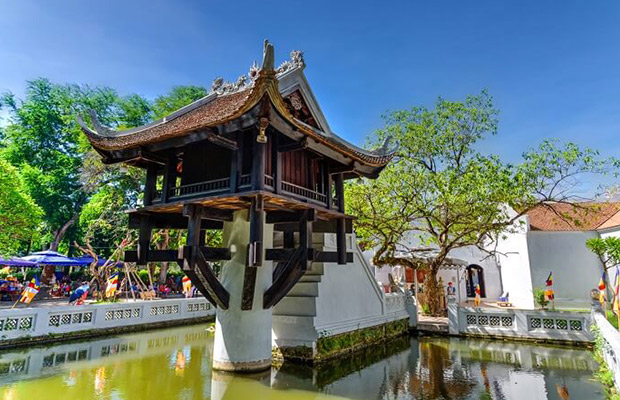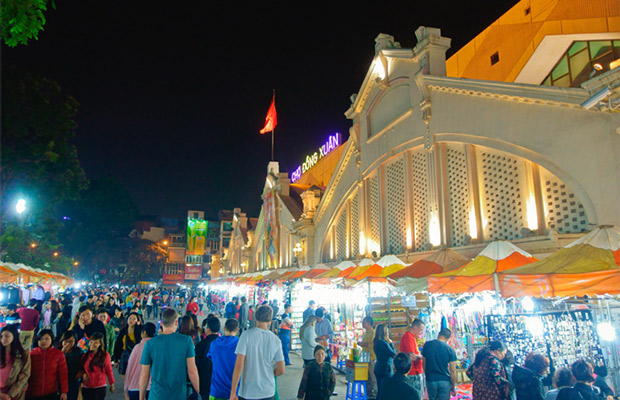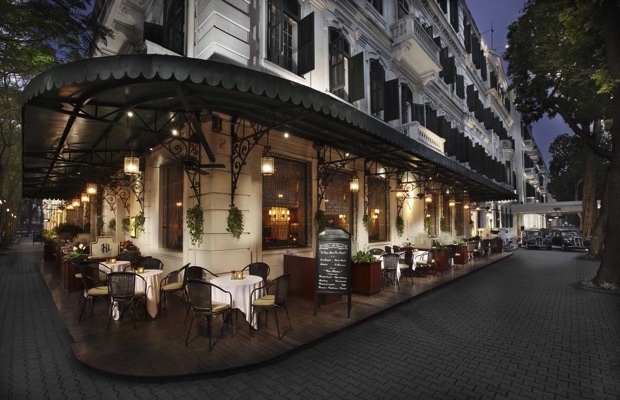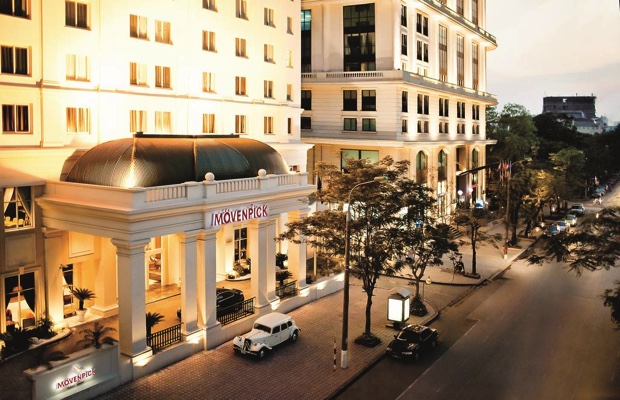One Pillar Pagoda, Hanoi
One Pillar Pagoda, Hanoi
Vietnam
Hanoi
Hanoi Travel Guide
Book Tour & Activities
Your tour in Hanoi.
Book your stay
Your hotel in Hanoi.
Overview
The One Pillar Pagoda was originally built by the Emperor Ly Thai Tong who ruled from 1028 to 1054. According to the annals, the heirless emperor dreamed that he met Quan The Am Bo Tat, the Goddess of Mercy, who handed him a male child. Ly Thai Tong then married a young peasant girl and had a son and heir by her. As a way of expressing his gratitude for this event, he constructed a pagoda here in 1049.
Built of wood on a single stone pillar, the pagoda is designed to resemble a lotus blossom, the symbol of purity, rising out of a sea of sorrow. One of the last acts of the French before quitting Hanoi in 1954 was to destroy the original One Pillar Pagoda; the structure was rebuilt by the new government.
Rising from one pillar in the centre of an elegantly square shaped lotus pond, The One Pillar Pagoda is said to represent a lotus flower growing up out of the water.
Built between the years of 1028 and1054 during the reign of Emperor Ly Thai Tong of the Ly Dynasty, the One Pillar Pagoda is one of Vietnam’s most iconic temples.
The little temple is constructed from wood based on a single stone pillar crafted into the shape of a lotus blossom and has been rebuilt several times, most recently in 1955 when the base was destroyed during the French evacuation.
The pagoda is often used as a symbol for Hanoi and remains one of the city’s most revered sights in a beautifully tranquil garden setting with benches provided for comfortable contemplation. The shrine inside the pagoda is dedicated to the Vietnamese Buddhist deity Quan Am with her effigy nestled inside the tiny three square metres temple.
One Pillar Pagoda
Legend claims that The One Pillar Pagoda was built following a dream by the fatherless emperor in which the enlightened being Avalokiteshvara gave him a baby son resting on a lotus flower. Emperor Ly Thai Tong commissioned the pagoda to be created in resemblance of this lotus flower which is also the Buddhist symbol of enlightenment. The Emperor remained in gratitude to the bodhisattva and subsequently to to Quan Am, the Goddess of Mercy following the birth of his son. Inside the temple a richly gilded statue of Quan Am takes centre place at the main altar.
After the temple was completed loyal followers flocked daily to give thanks and support to the emperor, praying to Quan Am for a long and successful sovereignty. Today, the concrete pillar that supports the tiny wooden pagoda is a replacement for the original one which was blown up by the departing French, it remains unclear how much of the wooden temple is the original one.
Another point of interest is a bo tree that grows behind the pagoda which legend state is an offshoot of the one under which Buddha became enlightened - the tree was given as a gift from India in 1958. Before you leave the pagoda also take time to visit the Dien Huu Pagoda which is located close by in a courtyard full of exquisite bonsai trees.
Opening Hours: Entrance is free and the pagoda is open daily from 08:00-17:00 with refreshments available at a stand nearby so you can sit and relax in the surrounding gardens.
Location: The One Pillar Pagoda is situated in the park behind the museum near Ba Dinh Square at Ong Ich Kiem Street in the Ba Dinh District.
Remarks: Appropriate attire should be worn if you are entering the temple; prayers take place continuously throughout the day. Praying at The One Pillar Pagoda is said to bring about blessings of fertility and health.
- Address: Chùa Một Cột, Đội Cấn, Ba Đình, Hà Nội 100000, Vietnam
- Phone: +84 335 611 213
- Function: Temple
Video Travel Inspiration
See One Pillar Pagoda, Hanoi on Map
Most Popular Cities

Siem Reap
Cambodia
Ho Chi Minh City
Vietnam
Beijing
China
Paris
France
London
United Kingdom
New York
USA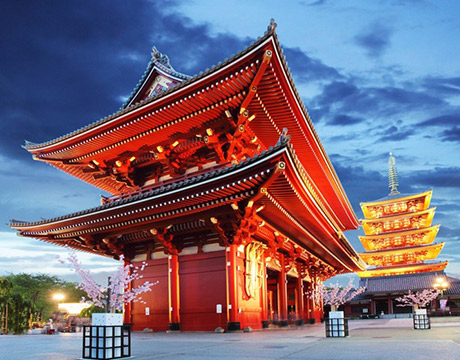
Tokyo
Japan
Bangkok
Thailand
Seoul
South Korea
Vientiane
Laos
Yangon
Myanmar
Washington DC
USA
Los Angeles
USA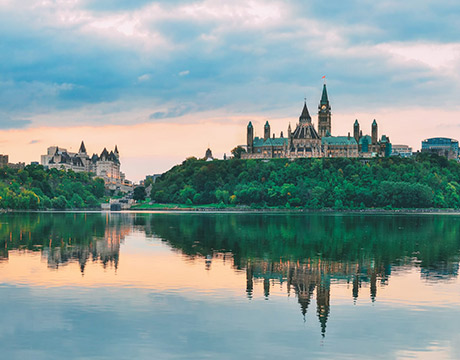
Ottawa
Canada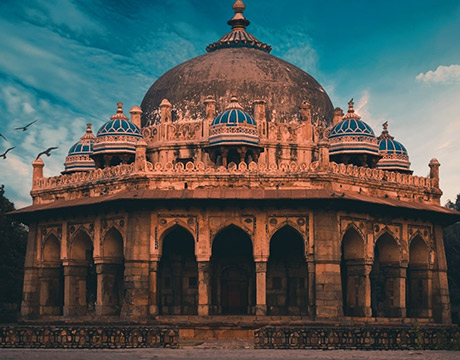
New Delhi
India
Singapore
Singapore
Kuala Lumpur
Malaysia
 English
English French
French Khmer
Khmer Thai
Thai Vietnamese
Vietnamese Chinese
Chinese Korean
Korean German
German Japanese
Japanese Italian
Italian Russian
Russian Spanish
Spanish Dutch
Dutch Indonesian
Indonesian Malay
Malay
